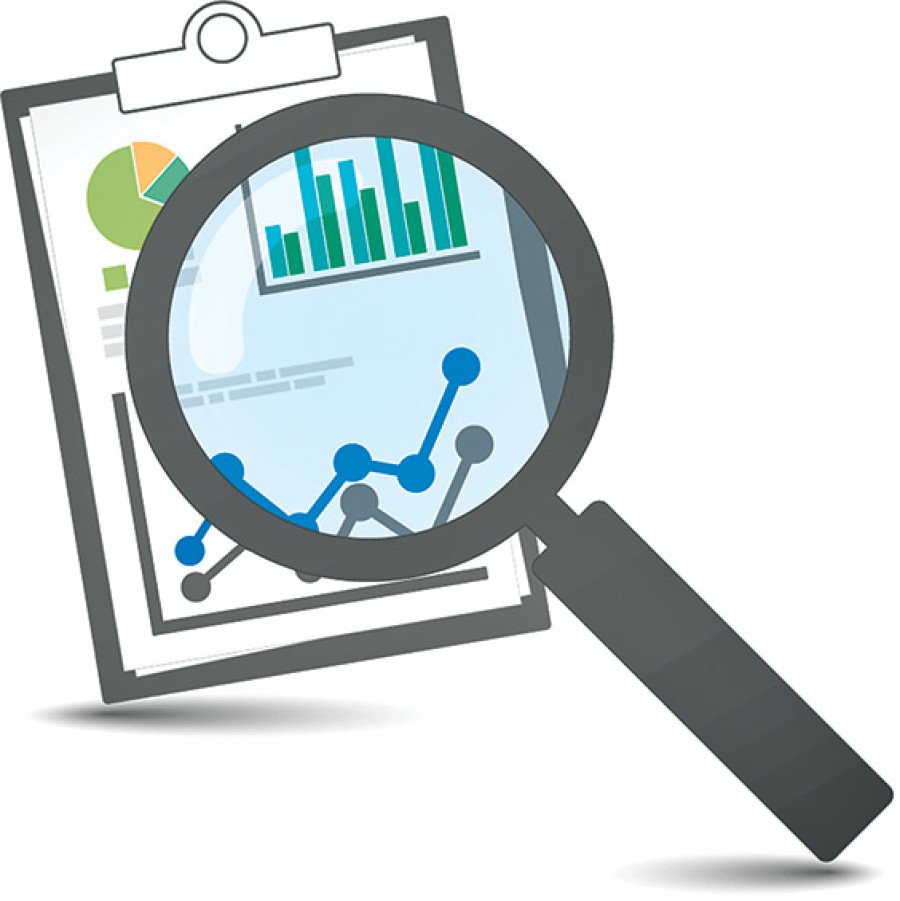Money
Data discrepancy creates confusion
The reliability of statistics produced by the government has been called into question once again, as discrepancies have been noticed in data on production of milk, meat and eggs compiled by two different bodies.
The reliability of statistics produced by the government has been called into question once again, as discrepancies have been noticed in data on production of milk, meat and eggs compiled by two different bodies.
Going by the report of the Nepal Rastra Bank, the central bank, every Nepali, on average, consumed 85.4 litres of milk, 18.2 kg of meat and 34.8 units of eggs in the last fiscal year. These numbers are way higher than those produced by the Ministry of Livestock Development, which directly looks into livestock and poultry sectors.
Although the ministry has not launched its 2016-17 report on production of milk, meat and eggs, its 2015-16 report has put per capita consumption of milk at 70 litres, meat at 12 kg and eggs at 45 units. NRB’s data of the same year, on the other hand, said every Nepali, on average, consumed 83.9 litres of milk, 17.5 kg of meat and 34.2 units of eggs in 2015-16.
Interestingly, both the bodies collected data from district livestock offices to prepare their reports. Yet differences are quite wide, which is shocking. For example, NRB’s per capita milk consumption estimate is 20 percent higher than that of the ministry and that of meat consumption is over 45 percent higher. On the other hand, NRB’s per capita egg consumption estimate is around 24 percent lower than that of the ministry. This kind of disparity is likely to be seen once the ministry launches its 2016-17 report because the base of previous year’s data will remain the same. This will create confusion among everyone who uses these data, especially policymakers.
Animal-source foods, such as meat, milk and eggs, are key sources of proteins and micronutrients. Rise in consumption of these items helps improve nutrition and health outcomes. This is important for a country like Nepal which is still fighting against cases of malnutrition and stunting. But discrepancy between data produced by two credible bodies is likely to prompt the government to set wrong priorities and create confusion in creation of target groups and areas.
“We have thoroughly checked our data to ensure there was no mistake,” said Nara Bahadur Thapa, executive director of the Research Department of the NRB, adding, “We even delayed the launch date of the report by a month to ensure data we presented were accurate.”
Livestock Ministry Spokesperson Shyam Prasad Poudel, meanwhile, said he would discuss the issue with his colleagues and check whether data feeding and compilation were accurate.
This is not the first time discrepancy in data compiled by different bodies was detected. There is always disparity in trade data published by three different government bodies-the Department of Customs, NRB and the Trade and Export Promotion Centre.
These bodies say they follow their own methodologies to process and analyse data, although they collect data from the same source, which is the Customs Department.
To standardise data collection and production methods, the Central Bureau of Statistics has prepared the draft of the National Strategy for Development of Statistics. But it is still awaiting Cabinet approval.




 7.12°C Kathmandu
7.12°C Kathmandu













